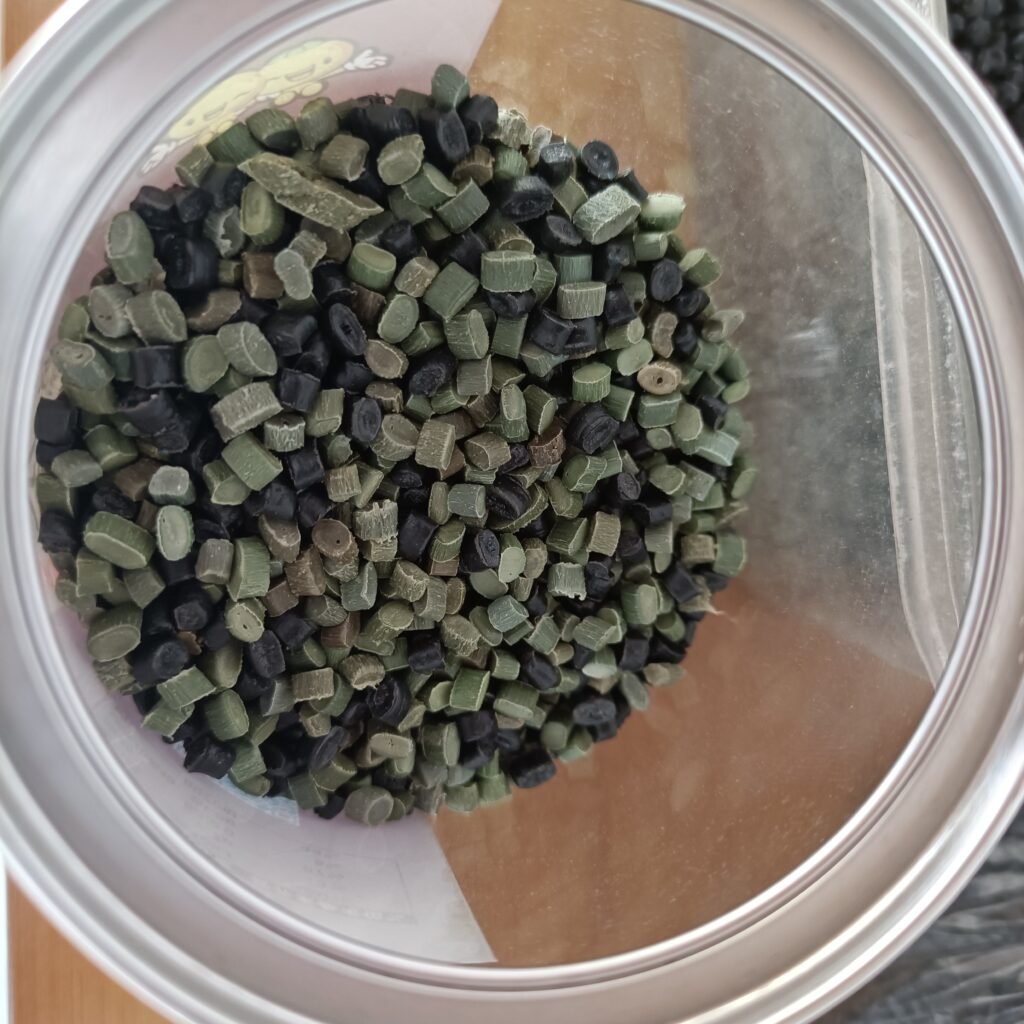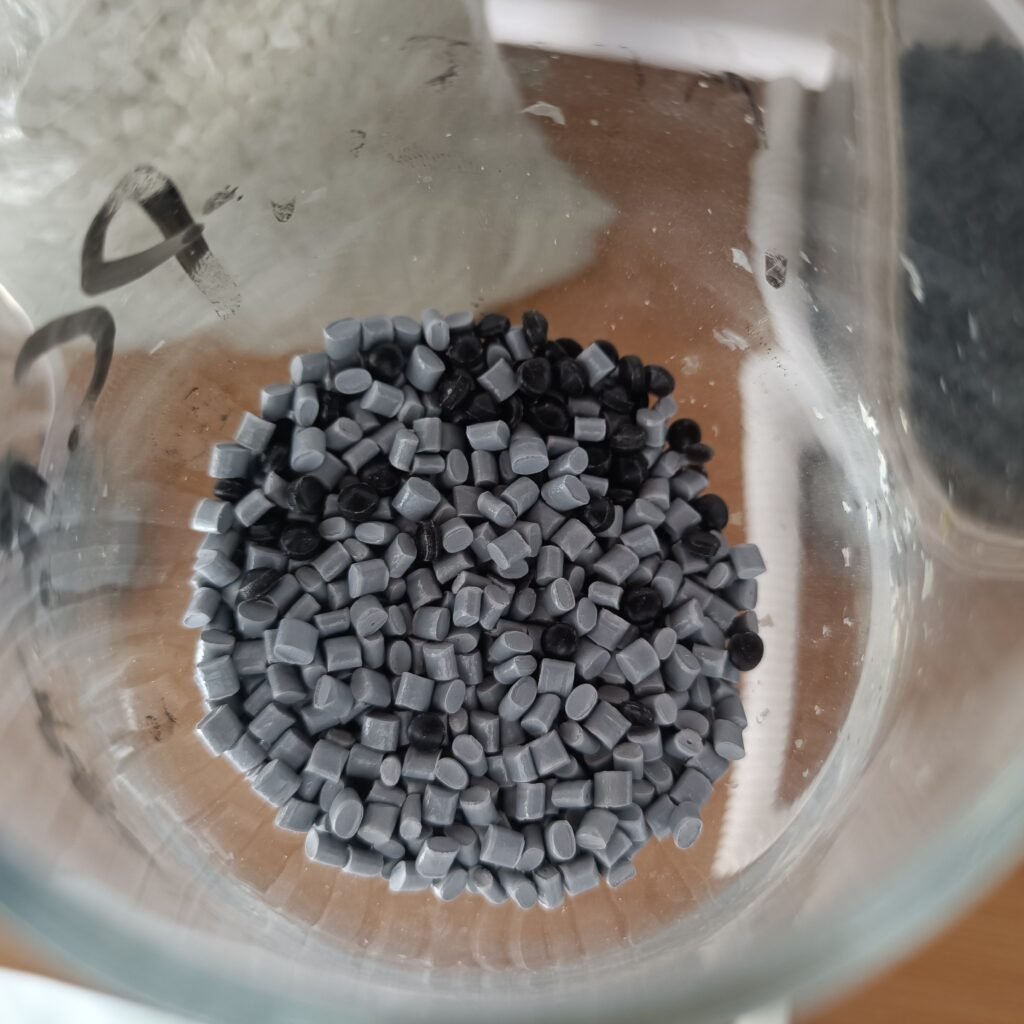
PE (Polyethylene)
- Advantages:
- Chemically stable, resistant to acids, alkalis, and salt aqueous solutions.
- Good low-temperature resistance, suitable for use over a wide temperature range.
- Non-toxic and odorless, safe for food packaging.
- Lightweight and durable, with good tensile strength and wear resistance.
- High transparency, suitable for transparent packaging materials.
- Excellent waterproof performance, commonly used for waterproof membranes.
- Low cost and easy to process and mold.
- Disadvantages:
- Poor thermal stability, prone to softening and deformation at high temperatures.
- High flammability, requiring attention to fire safety.
- May cause white pollution when recycled.
- If harmful substances are added during production, it may pose a threat to food safety.
PP (Polypropylene)
Advantages:
- Low density, one of the lightest general-purpose plastics.
- Non-toxic and odorless, safe for food contact materials.
- Good high-temperature resistance, can be used for extended periods at high temperatures without deformation.
- Excellent mechanical properties and processability, easy to mold.
- Chemically stable, inert to most acids, alkalis, and salts.
Disadvantages:
- Poor impact resistance at low temperatures, prone to brittleness.
- Poor aging resistance, prone to aging under prolonged exposure to light or high temperatures.
- High shrinkage rate, which may reduce product assembly accuracy.
- Low surface adhesion, not suitable for post-processing such as painting or electroplating.
PS (Polystyrene)
Advantages:
- Good transparency, easy to color, vibrant colors.
- Good processability, easy to mold.
- Resistant to acid and alkali corrosion, suitable for making chemical instruments.
- High hardness, with certain wear resistance.
Disadvantages:
- Poor toughness, prone to brittleness.
- Poor chemical resistance, susceptible to erosion by certain organic solvents.
- Poor heat resistance, low heat distortion temperature.
- Yellows when exposed outdoors for extended periods, poor weather resistance.
PVC (Polyvinyl Chloride)
Advantages:
- Vibrant colors, good corrosion resistance.
- Excellent insulating properties and flame retardancy.
- Good flexibility, can be improved by adding plasticizers.
- Low cost and easy to process and mold.
Disadvantages:
- May decompose under high temperatures or direct sunlight, releasing harmful gases.
- Poor thermal stability, prone to deformation and softening under prolonged high-temperature exposure.
- May cause environmental pollution when recycled.
- The addition of certain auxiliaries may adversely affect human health.
ABS (Acrylonitrile Butadiene Styrene)
Advantages:
- Eye-catching colors, strong plasticity, easy to process and mold.
- Good heat resistance, can be used without deformation at certain high temperatures.
- Durable, with a surface that can be plated with metals such as chromium or nickel for enhanced aesthetics and durability.
- Good mechanical properties and impact toughness.
Disadvantages:
- Not weather-resistant, prone to yellowing when used outdoors for extended periods.
- Not flame-retardant, burns easily and releases toxic smoke.
- May swell or dissolve in certain chemical media.
In summary, the five general-purpose plastics each have their advantages and disadvantages. When selecting and using them, comprehensive consideration should be given to specific needs and the usage environment.



